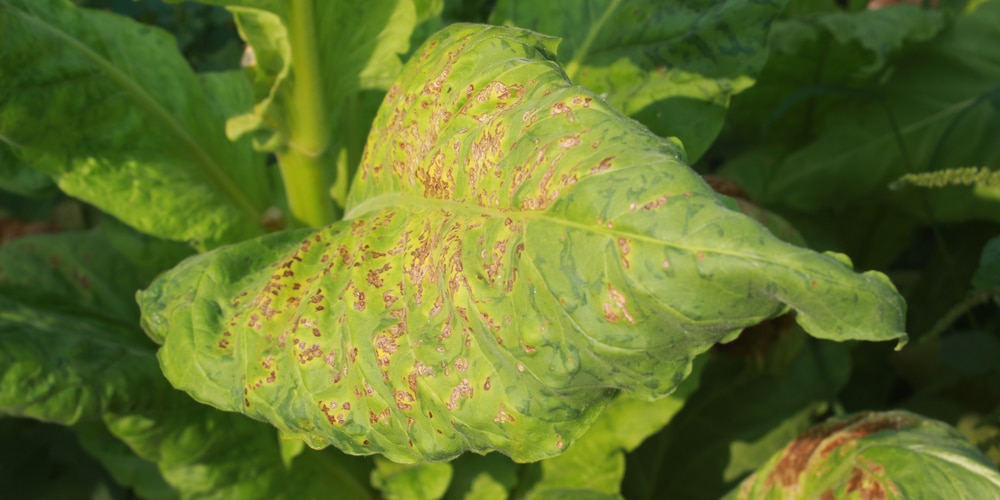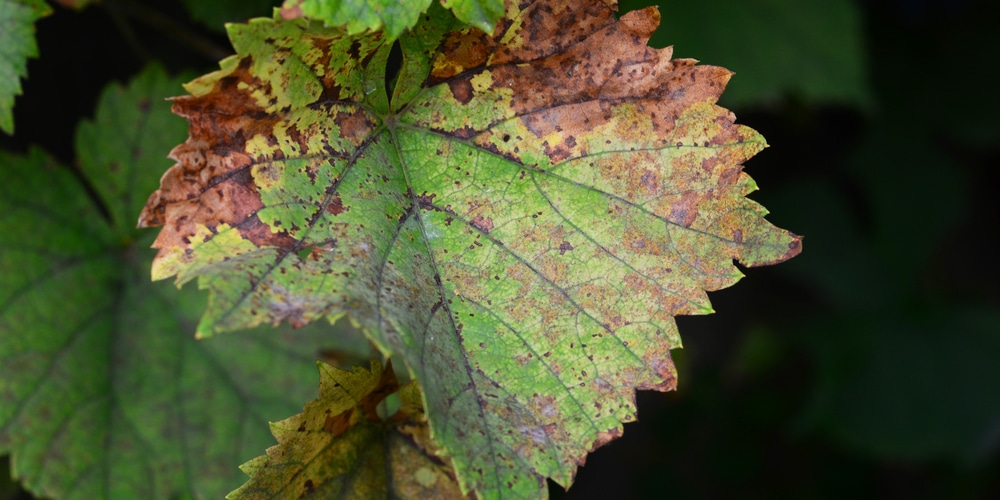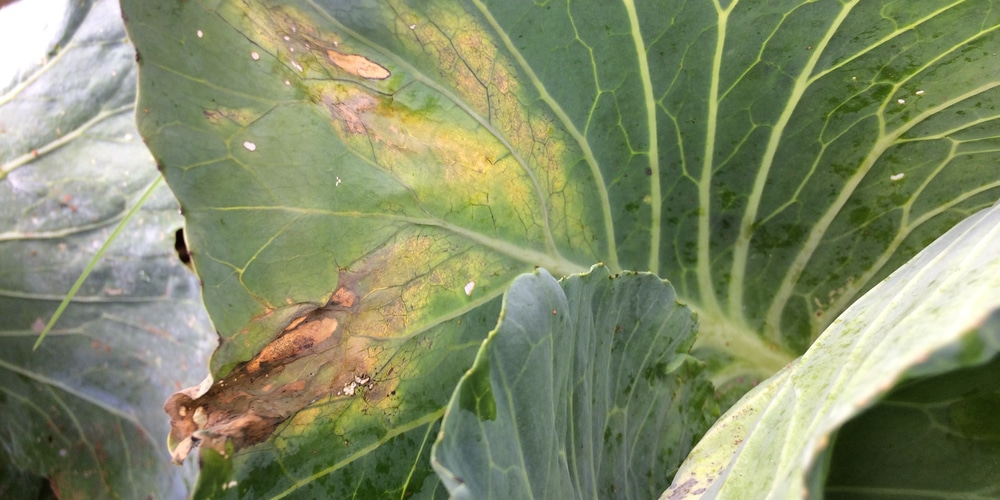Many gardeners love growing Jalapenos peppers as they can be used in a large variety of dishes. If you like spicy food adding a handful of home-grown jalapenos to a salad or sauce will taste great.
Jalapenos are generally considered easy to grow. They are sun-loving plants that require a spot that’s in direct sunlight. You’ll also need to regularly water your pepper plant and look out for any issues. This article will help you answer the question, ‘why are my jalapenos turning black?’ We’ll provide you with four possible reasons and tell you what to do to improve the health of your plant.
Why are my Jalapenos Turning Black?
If you’ve planted a jalapeno, only to find that its leaves or fruit have started to turn black, this indicates an infection, virus, or rot may be present. You’ll need to address the issue as soon as possible as, in the long run, an infection or virus can stop your plant from producing chilies and could even kill your pepper plant. Let’s look at some of the most common reasons that Jalapenos start turning black.
Mosaic Virus
A common reason that your jalapenos turned black is due to mosaic virus. This will stop your jalapenos from ripening as they should, and as a result, they’ll start to turn black. Mosaic virus can affect all varieties of peppers and will cause the fruit to have darker areas. They also won’t grow as big as expected.
Mosaic virus is generally found in the soil and can be spread to your plants by bugs. There are a few things you can look out for that would indicate that your plant is suffering from mosaic virus. Often leaves will begin to curl up, and the plant generally won’t be in good health.
Unfortunately, mosaic virus can’t be treated, so you’ll need to throw your pepper plant away. It’s best to move your plant away from other plants so that the infection doesn’t spread. Please dispose of the infected plant carefully, rather than composting them as this could affect your garden next year.
To prevent your other pepper plants from getting the virus, you can cover the base of your plant with aluminum foil. This will stop the infection from spreading from insect pests to your plants.
Anthracnose Infection
Anthracnose is an infection that affects pepper plants and can cause jalapenos to turn black slowly. You’ll notice black spots appear on the fruit, leaves, and stems, and these will slowly get bigger until the whole pepper is black. Watery lesions are also common, and this is a sure sign your plant is affected by anthracnose infection.
Unfortunately, anthracnose infection is untreatable. You can avoid the infection in the future by only planting good-quality seeds. Also, avoid planting your peppers in the area where anthracnose infection has been in the last few years.
Another way to avoid anthracnose infection is to keep the area surrounding your pepper plants well weeded. Caring for your vegetable garden and pepper plants well will help you avoid anthracnose infection in the future.
Black Rot
Another reason your peppers may be turning black is due to black rot. This most commonly occurs when peppers are left on the plant to ripen. It can also be caused by water, and the way in which you water your plant can cause rot. Pepper plants can also be affected if they are being grown outside and there’s been a lot of rain.
When watering pepper plants, be careful not to get any water on the chilies or the plant’s leaves, as this can cause them to rot. Carefully water your pepper plants at the base with a watering can so that the plant doesn’t get wet. If your plants have been affected by black rot, you’ll need to remove the affected peppers or leaves and may be able to save the plant. However, if the rot has spread, it’s generally best to throw the plant away.
Blossom End Rot
Blossom end rot is another type of rot that commonly affects jalapenos and other pepper varieties. It can make them turn a jalapeno quite black. If your peppers are suffering from this type of rot, you’ll notice a moldy spot that begins to form on the ends of your peppers. In the long term, the rot will make the whole pepper turn black.
Blossom end rot isn’t an infection; it’s caused by improper care of your plant and, in particular incorrect watering. Ensure that you’re only watering your plant at the base, and be careful not to get the stem, fruit, or leaves wet.
The soil’s pH balance can also cause Blossom end rot if it’s out of balance. Sometimes soil can lack calcium which can stop your jalapeno plant from absorbing enough water. This issue can be fixed by testing the pH of the soil with a home test kit. You can then make adjustments to the soil as necessary. Peppers need a pH range of at least 6.0 to thrive.
If your peppers have been affected by Blossom end rot, you’ll need to throw them away. You can take steps to ensure the same problem won’t happen again by carefully watering the plants and testing the pH of the soil.
Conclusion:
It can be annoying if you’ve grown Jalapenos only to find that they’re turning black. There are a few infections and viruses that can cause the problem. When growing pepper, ensure that the soil pH is above 6.0 and that there’s enough calcium in the soil. Also, be careful when watering your plants that you don’t get water on the leaves, fruit, or steam, as this can cause rot. If you live in an area that gets a lot of rain, you may like to grow your peppers in a greenhouse to protect them from the rain.
In most cases, when a pepper plant starts to turn black or is producing fruit that is rotting or has an infection, you’ll need to throw the whole plant away. Take steps to protect future jalapeno plants so that the same thing doesn’t happen in subsequent growing seasons.
Related:
Super Hot Purple Pepper Types
What Temperature is Too Cold For Peppers?



